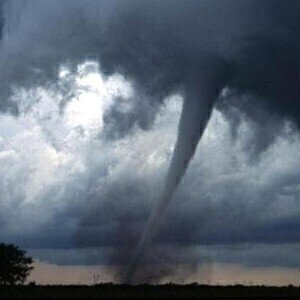Air Monitoring
Climate models "fail to account" for thunderstorms
May 21 2012
Climate models have been said to not account for thunderstorms, which could be one of the leading factors behind global warming.
An increase in air pollution means that thunderstorm clouds capture heat by strengthening them and causing their anvil-shaped tops to spread out high in the atmosphere, explains Jiwen Fan of the Department of Energy's Pacific Northwest National Laboratory, US.
He said: "Global climate models don't see this effect because thunderstorm clouds simulated in those models do not include enough detail.
"The large amount of heat trapped by the pollution-enhanced clouds could potentially impact regional circulation and modify weather systems."
Thunderstorm clouds play a significant role in the climate cycle, as they reflect the sun’s energy back into space and also trap the heat that rises from the surface. Previous research has found that pollution can lead to water droplets that are too small to rain and instead freeze and absorb more water vapour. This in turn leads to bigger clouds.
Researchers from the Department of Energy in the US have set up computer simulations to learn more about this process. They studied two types of storm systems; warm summer thunderstorms in southeastern China and cool, windy frontal systems on the Great Plains of Oklahoma.
The results showed that for the warm summer thunderstorms, pollution led to stronger storms with larger anvils. Compared to cloud anvils that develop in clean air, the larger anvils both warm more and cool more within poor air quality.
Jiwen Fan explained: "Those numbers for the warming are very big, but they are calculated only for the exact day when the thunderstorms occur.
"Over a longer time-scale such as a month or a season, the average amount of warming would be less because those clouds would not appear every day."
The new findings may lead to greater incorporation of thunderstorms in climate models, where it is currently largely unaccounted for.
Posted by Claire Manning
Digital Edition
IET 34.2 March 2024
April 2024
Gas Detection - Biogas batch fermentation system for laboratory use with automatic gas analysis in real time Water/Wastewater - Upcycling sensors for sustainable nature management - Prist...
View all digital editions
Events
Apr 30 2024 Melbourne, Australia
Apr 30 2024 Birmingham, UK
May 03 2024 Seoul, South Korea
May 05 2024 Seville, Spain
May 06 2024 Minneapolis, MN, USA


















